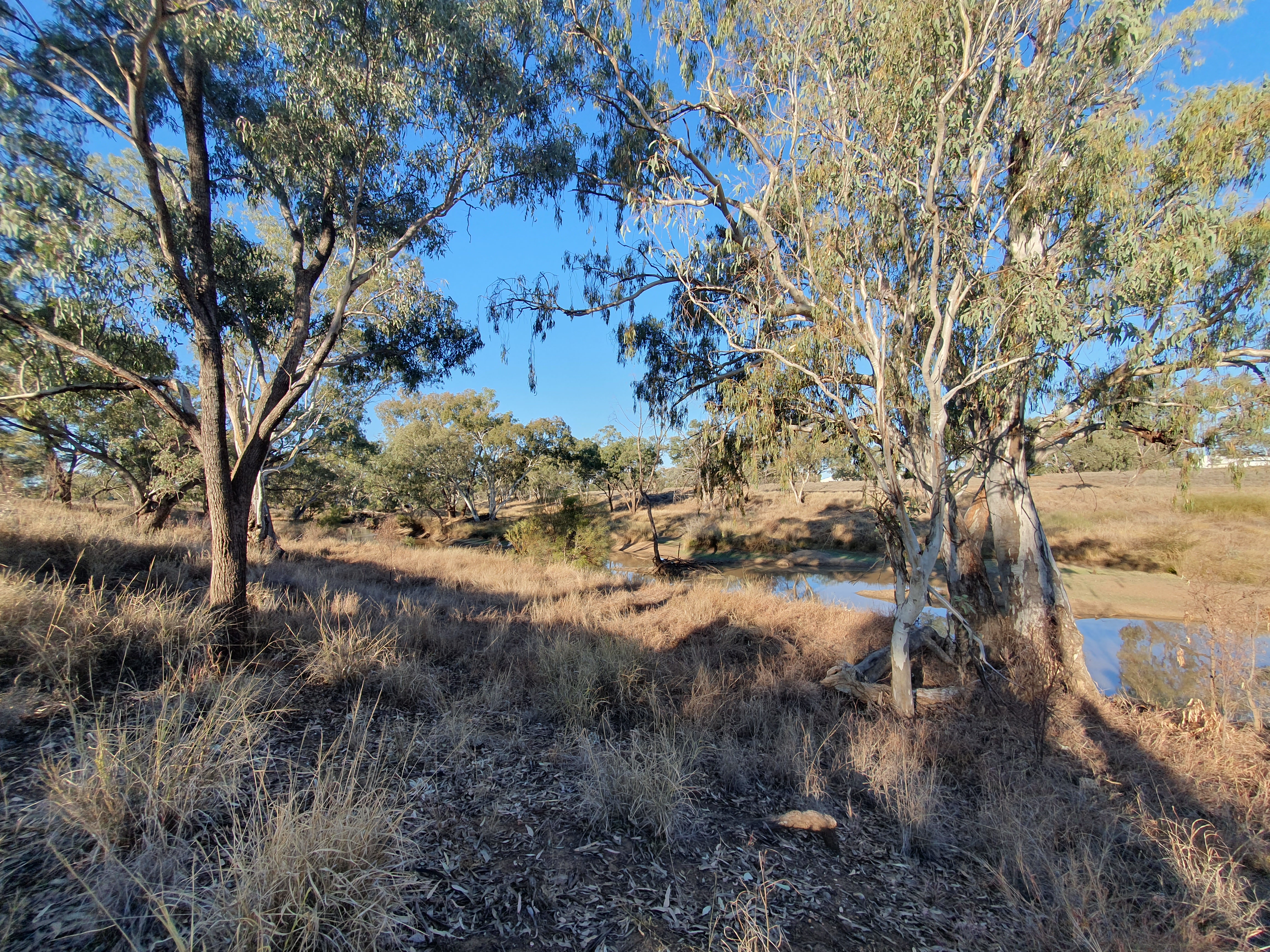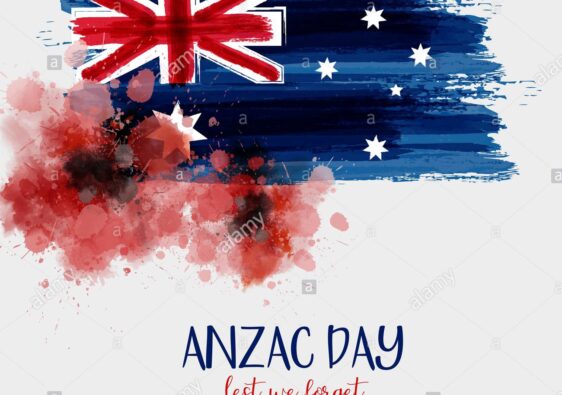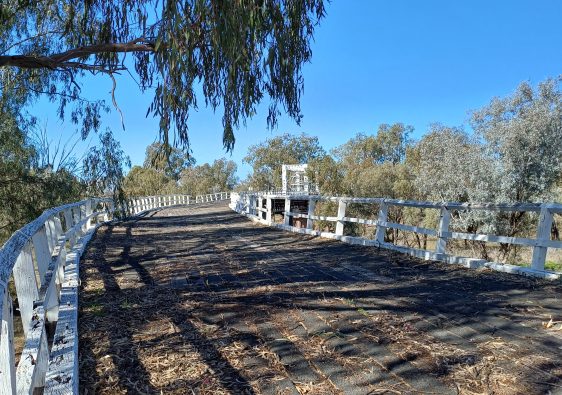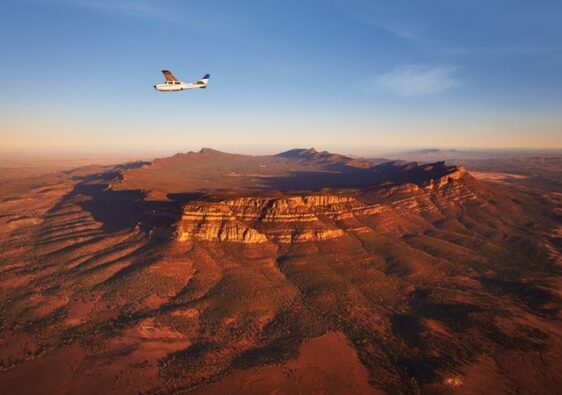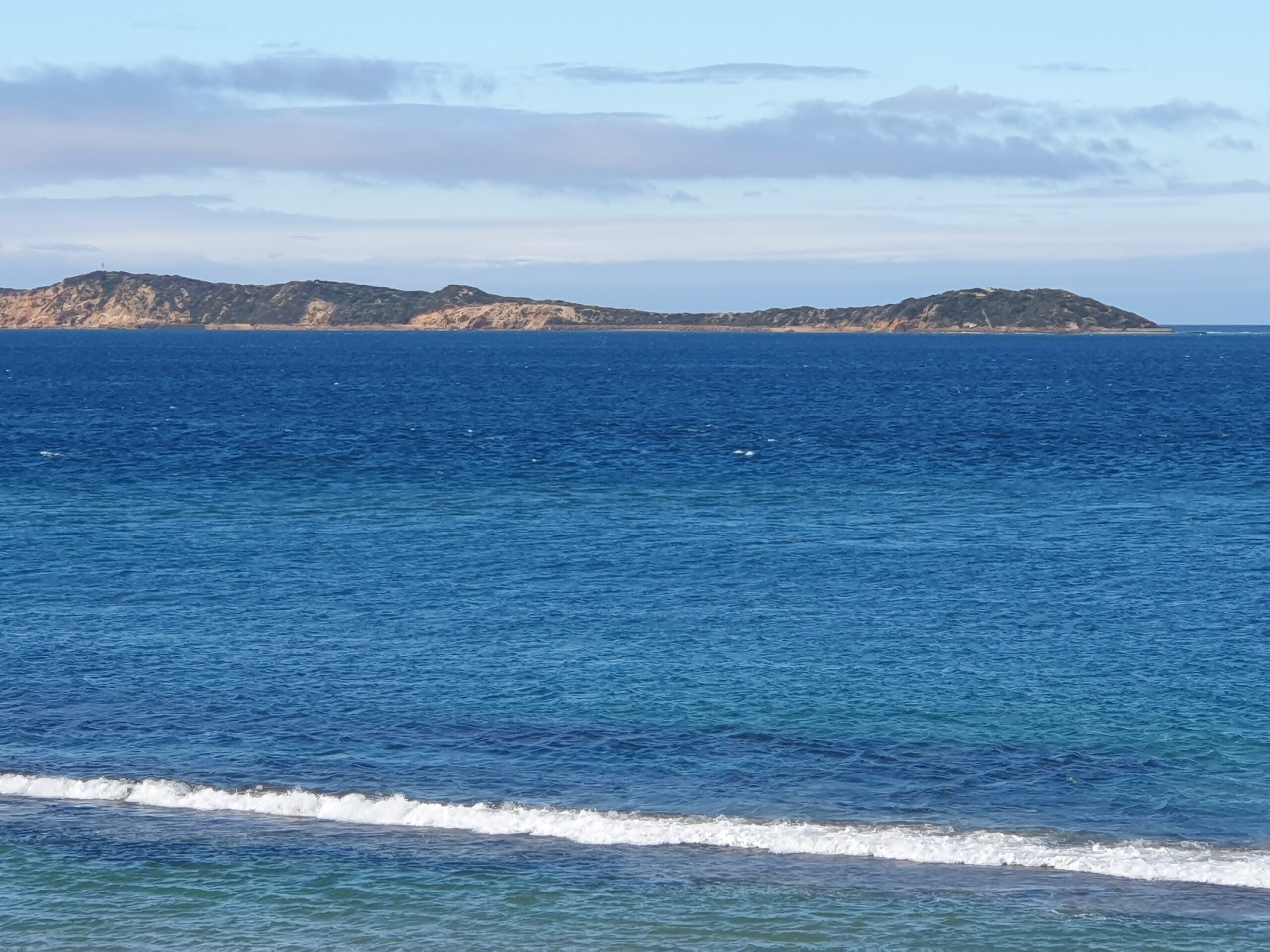 Left CharlottePlains towards Cunumulla, then north towards Wyandra. Just over 200klm, so an easy drive today in beautiful sunshine. First stop was in Wyandra, a rural town dating from the 1860’s when Frederick Weaver formed the Claverton Downs pastoral run on the Warrego River.
Left CharlottePlains towards Cunumulla, then north towards Wyandra. Just over 200klm, so an easy drive today in beautiful sunshine. First stop was in Wyandra, a rural town dating from the 1860’s when Frederick Weaver formed the Claverton Downs pastoral run on the Warrego River.
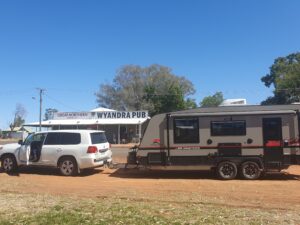
Wool and grazing was the main industry during this period, with the Western railway line established in the late 1890’s.
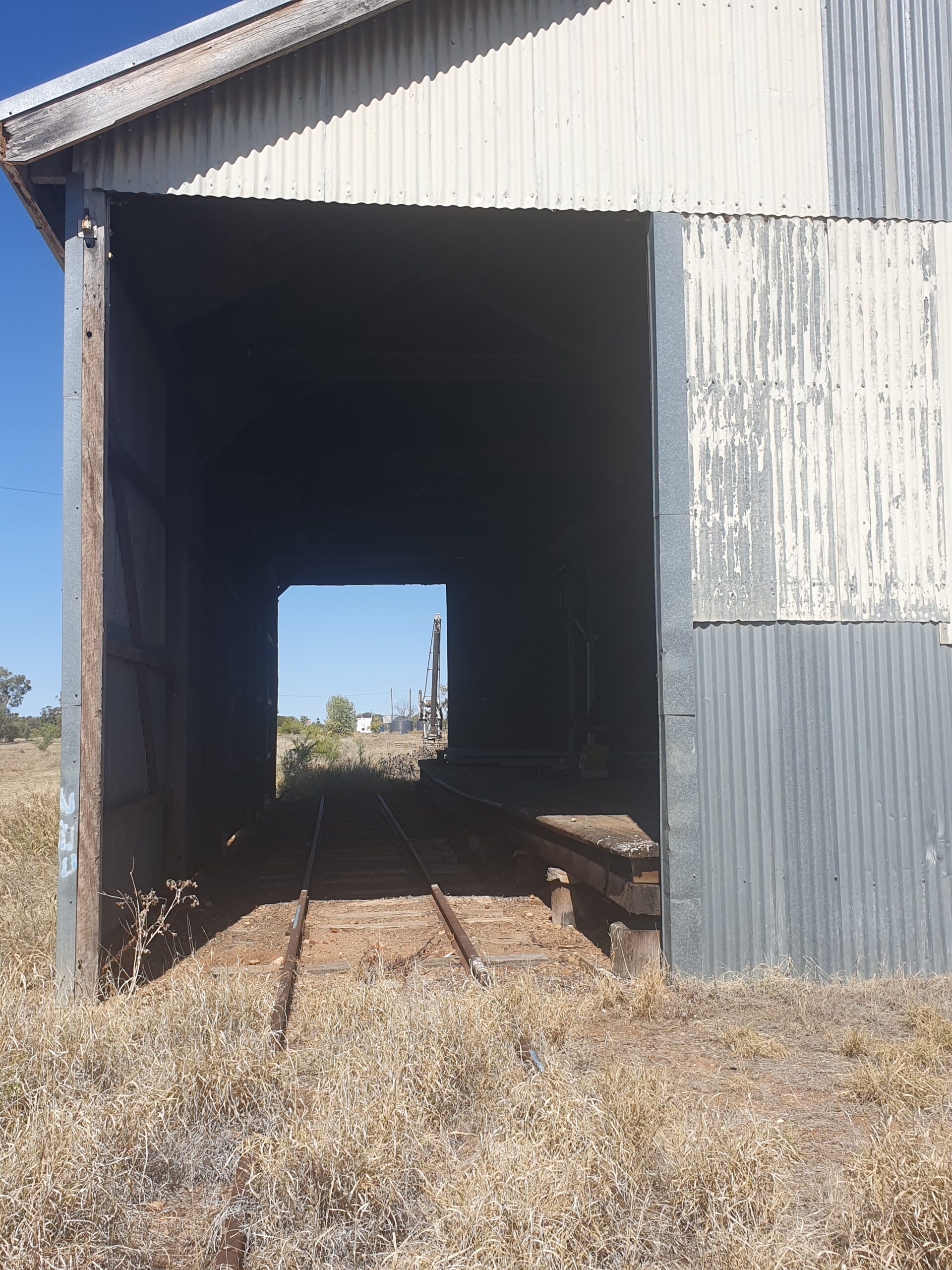
A regular feature of rural towns in Australia is the memorials to those that served in the World Wars. The sacrifices made by locals who volunteered for these global conflicts, is significant, which is disproportionate to larger towns and cities. It is these sacrifices that leaves an amazing legacy on the Australian psychi, and the respect and pride that Australians feel about The ANZACS.
Wyandra has a small population, yet 23 volunteered for WWI and 3 died. Today the population is 78.
The police cell was built in 1909 and prisoners were chained to the floor while awaiting transport.
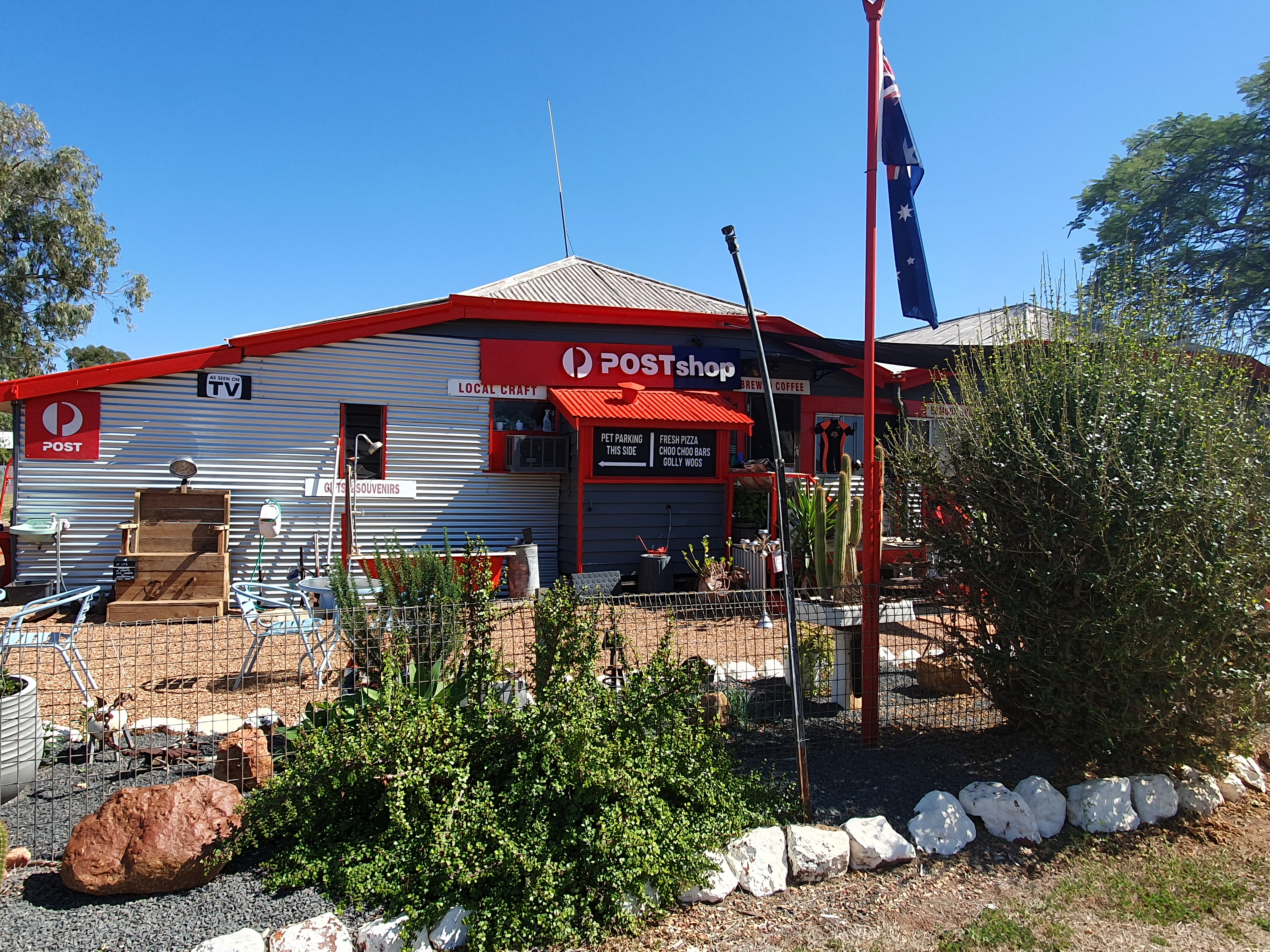

The Post Office was bought and developed 20 years ago by Glenn Paterson. They have transformed the the place with Australian relics and other collectables to attract visitors. They have a small caravan park and old fashioned-style cinema seating, where you can watch old black and white newsreels and classic movies. The old town jail has also been moved to the site. Lovely place for a stay or a snack.
Charleville
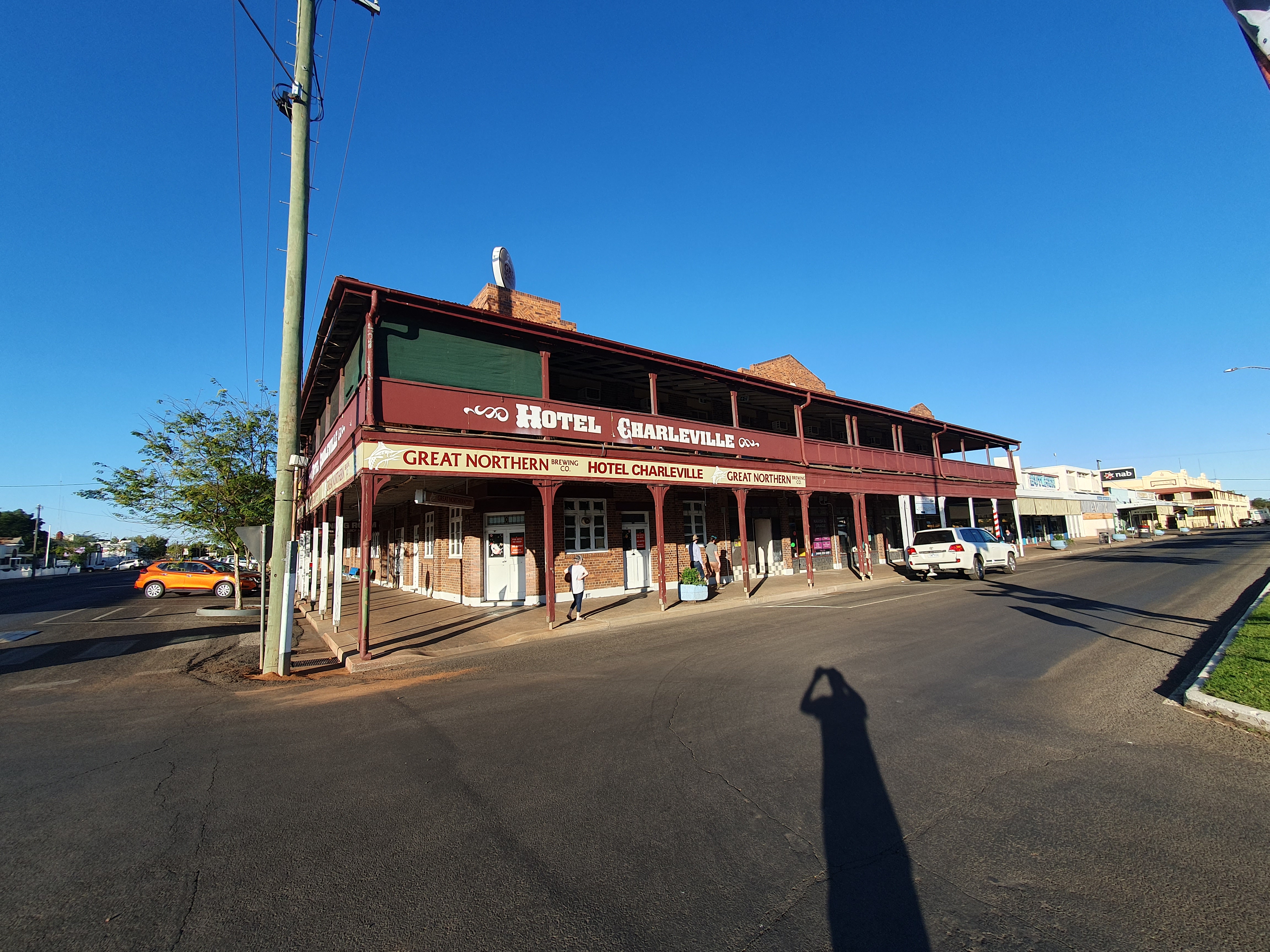
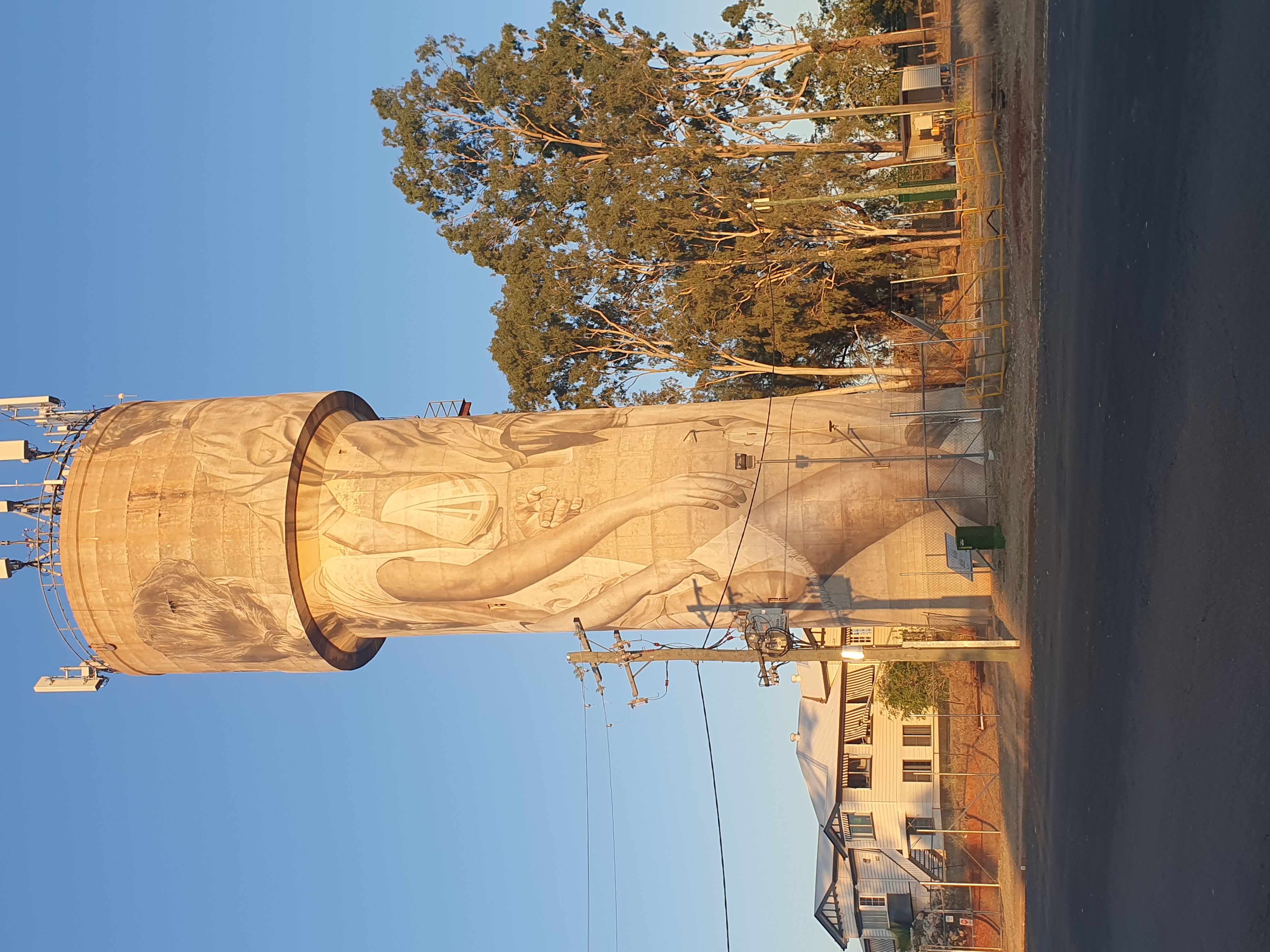
Charleville is 90 klm north of Wyandra, and is situated on the Warrego River.
Population: 3500
Indigenous origins The Bidjara people.
A hot semi-arid climate, dry springs and autumns and mild dry winters. Summers are hot and humid with moderate rains.
European exploration 1847
The Charleville railway station is still an active station and apart from freight movements has weekly runs to Brisbane. Interesting things to do are the Royal Flying Doctor Service, Cosmos Centre for stargazing, World War II Secret Base, and the Bilby Experience are all worth visiting.

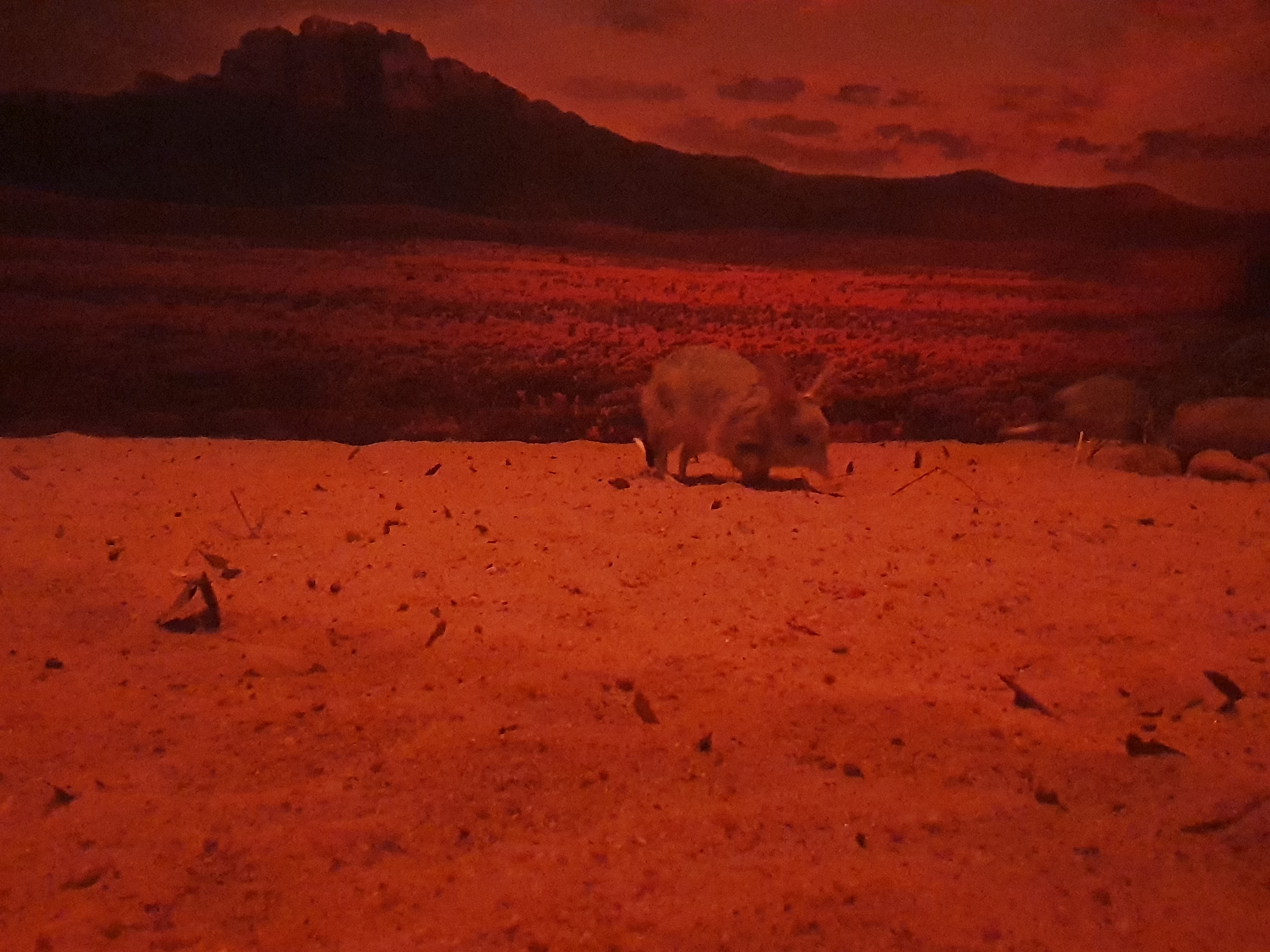 Visit Little Bilby at the railway station
Visit Little Bilby at the railway station
Located 750klm west of Brisbane on the Warrego River. It was planned with very wide streets, to enable the bullock teams of up to 14 pairs to turn with their wagons. Tully, an Irishman planned the streets and it is thought it was named after Charleville in County Cork.
Cobb and Co, built a coach building business in 1886. However the railway arrived in 1888, beginning the long demise of coach transport in the area.
Charleville has experienced many floods, with a major episode in 1990, the river peaking at 8.54mtrs, over 1000 homes were inundated.
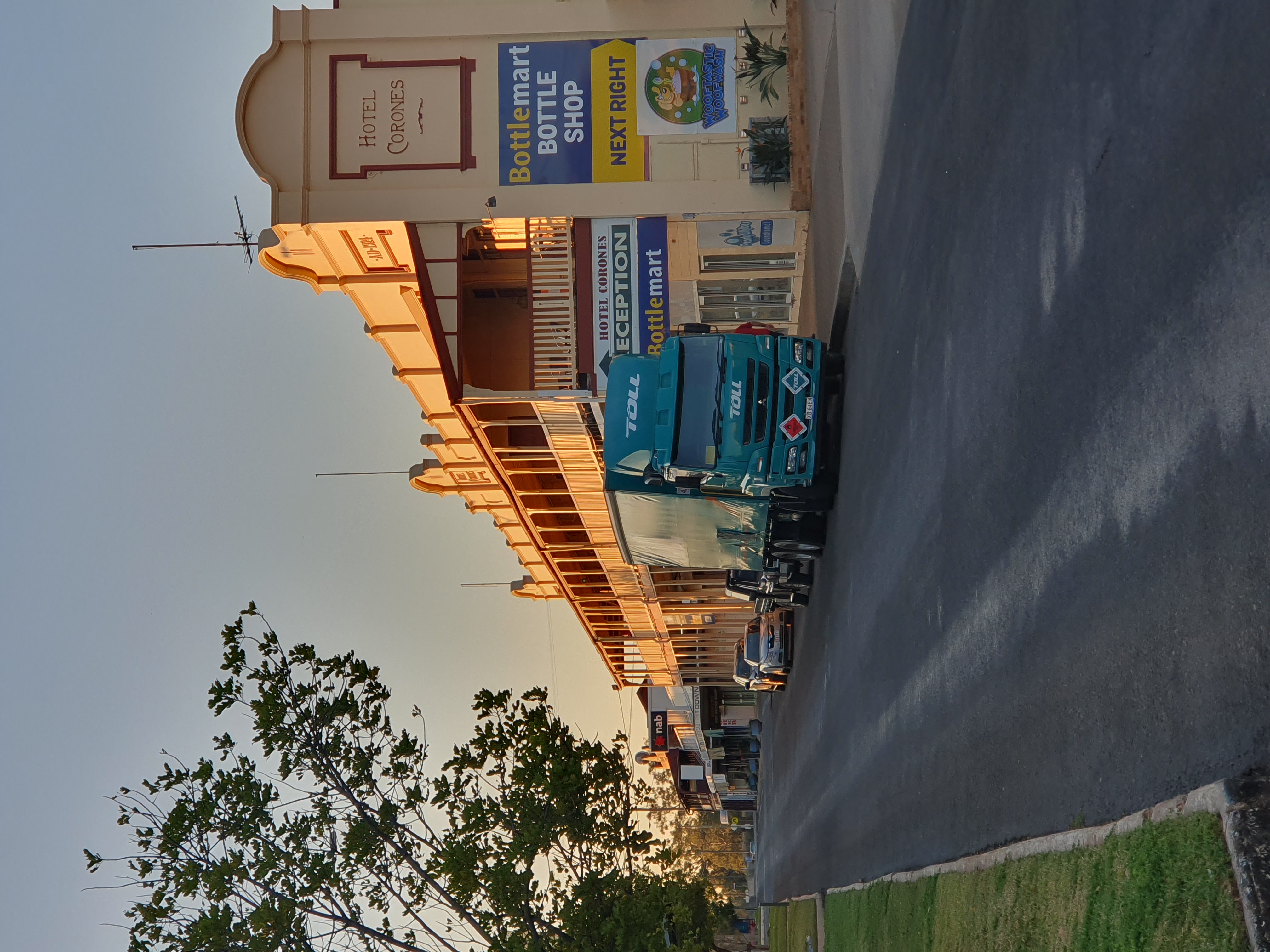 A favourite, are the many outback colonial era pubs throughout Australia.
A favourite, are the many outback colonial era pubs throughout Australia.
Talking with these two gentlemen, they are not locals but on a sort of road trip, but not by car, but by plane. Yes that’s right, two mates visiting from Sydney, via many outback towns, they fly in, hire a car and tour local sites.
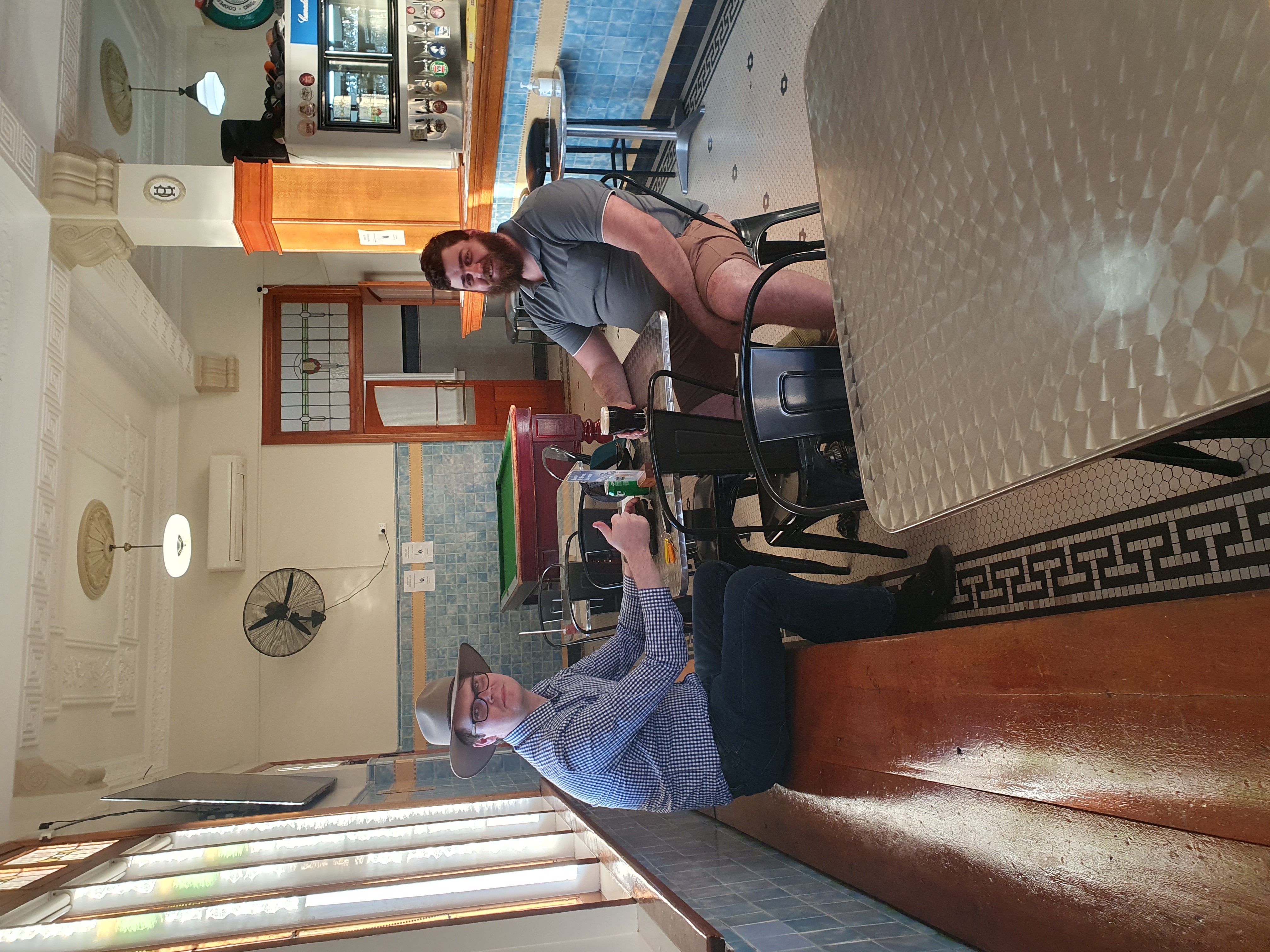
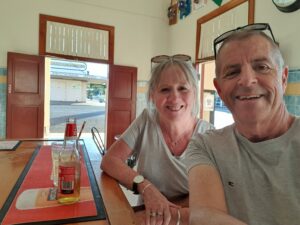 Drink with fellow travellers, we a van, them a plane
Drink with fellow travellers, we a van, them a plane
We free camped about 10klm east of Charlieville, at Rock Pool, plenty of room, good Telstra reception, (the tower was visible from the van), happy to leave the van while we visited the town. There was about six other vans. A beautiful warm outback night
![]()
